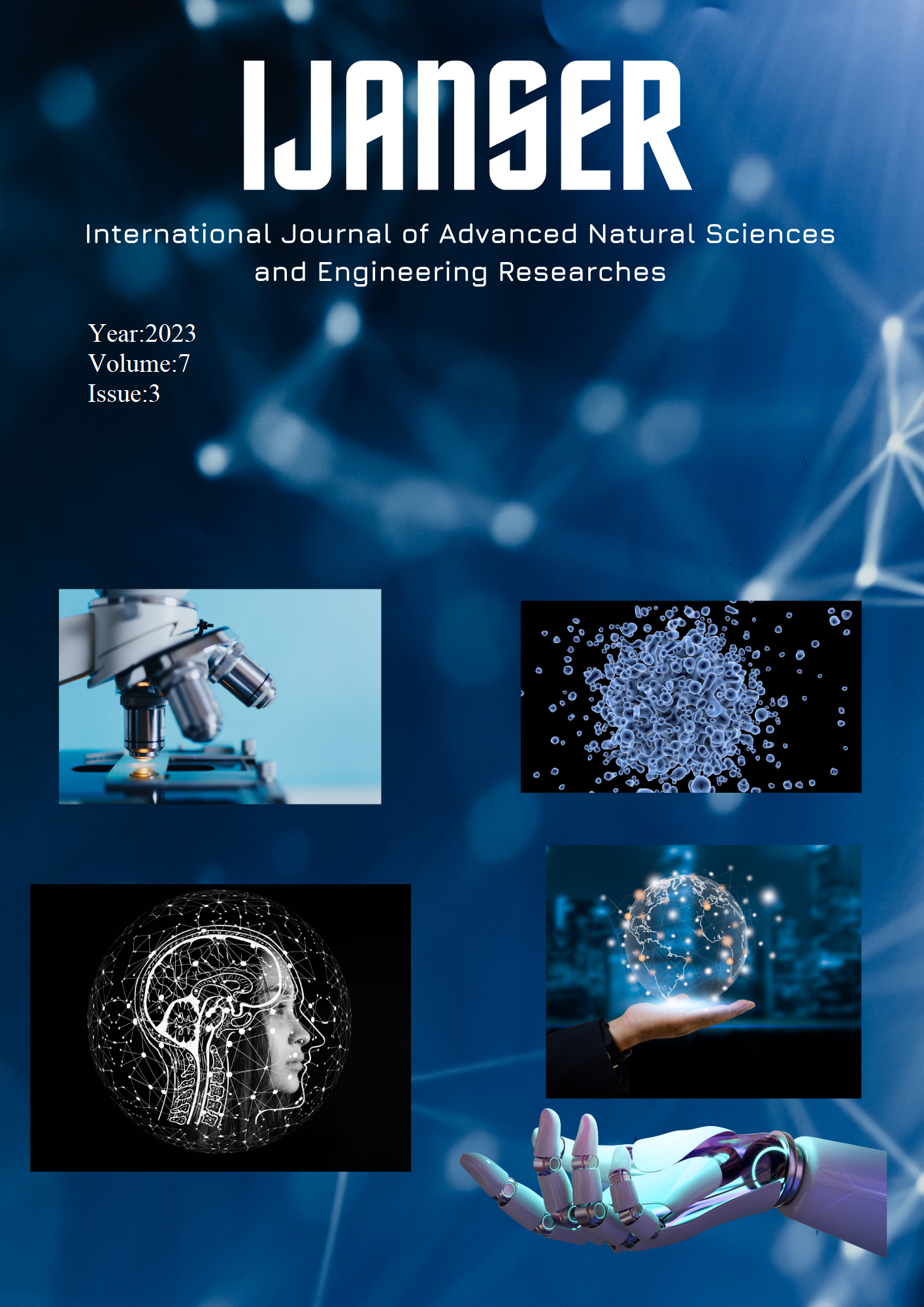Enhancing the Safety and Quality of Fish Export: A Practical Approach for Seawater Treatment in Fish Preservation
DOI:
https://doi.org/10.59287/ijanser.379Keywords:
Fish Preservation, Membrane, Microfiltration, Adsorption, Seawater TreatmentAbstract
European Union Standards emphasise that fish imported from a select few countries is frequently polluted with contaminants. The seawater used for fish preservation is a significant source of contamination, thus aggressive steps must be made to treat it to ensure the safety of export fish. Using current techniques, seawater is settled overnight, however, this does not completely remove all pollutants. This problem has been addressed by applying a system comprised of microfiltration membrane and activated carbon to treat seawater used for fish preservation. Turbidity is effectively reduced by more than 98%, and total suspended solids (TSS) are efficiently reduced within the 70-90% range. Additionally, total organic carbon (TOC), which determines the concentration of organic pollutants, can be reduced by 85-90% through activated carbon adsorption. The design approach is appropriate since necessary salty compounds or ions either remain after treatment or experience only small reduction as proven by total dissolved solids (TDS) measurement.
Downloads
References
(2023) Statista Research Department [Online]. Available: http://www.statista.com/aboutus/our-research-committement
J.L.C. Vivero, J.C.R. Mateos, F.D.C. David, J.B. Maria, C. Helena, K. Marian and J.M. Ewelina, “Food Security and Maritime Security: A new Challenge for the European Union’s Ocean Policy”, Marine Policy, vol. 108, 103640, 2019.
Code of Practice for Fresh Fish, FAO Fisheries Circular No. 318, pp. 4.
M. Pidwirny. (2006) Physical and Chemical Characteristics of Seawater, Fundamentals of Physical Geography. [Online] Available: http://www.physicalgeography.net/fundamentals/8p.html
J. Norhazwani, A. Ahmad, M.M. Syafiq, M. Mazlan, H.Y. Abdul, and M.L. Azwan, “Occurrence, distribution and Characteristics of Microplastics in Gastrointestinal Tract and gills of Commercial Marine Fish from Malaysia”, Science of the Total Environment, vol. 799, 149457, 2021
L.O. Ana, G. Lautaro, V.R.V. Tatiana, C.R. Ana, E.M. Jorge, and H.A. Andres, “Occurrence, Behaviors and the Associated Health Risk of Organochlorine Pesticides in Sediments and Fish from Bahia Blanca Estuary, Argentina”, Marine Pollution Bulletin, vol. 185, 114247, 2022.
K.H. Leong, L.L. Benjamin Tan, and M.M. Ali, Contamination levels of Selected Organochlorine and Organophosphate Pesticides in the Selangor River, Malaysia between 2002 and 2003”, Chemosphere, vol. 66, pp 1153 – 1158, 2007
R. Chester and T.D. Jickells. Marine Geochemistry, 3rd Edition, Blackwell Publishing, 2012.
S. Khemakhem, A. Larbot, and R. Ben Amar, “Study of Performance of Ceramic Microfiltration Membrane from Tunisian Clay Applied to Cuttlefish Effluents Treatment”, Desalination, vol. 200 (1-3), pp 307-308, 2006.
J.W. Chew, J. Kilduff, and G. Belfort, “The Behavior of Suspensions and Micromolecular Solutions in Crossflow Microfiltration: An Update”, Journal of Membrane Science, vol. 601, 117865, 2020.
A. Hassoun, A. Sahar, L. Lakhal, and A. Al-Kaddour, “Fluorenscence Spectroscopy as a Rapid and Non-destructive Method for Monitoring Quality and Authenticity of Fish and Meat Products: Impact of Different Preservation Conditions”, LWT-Food Science and Technology, vol. 103, pp 279-292, 2019.
E. Watts. Seafood Handling, Processing, and Packaging, Reference Module in Food Science, Elsevier, 2022.





